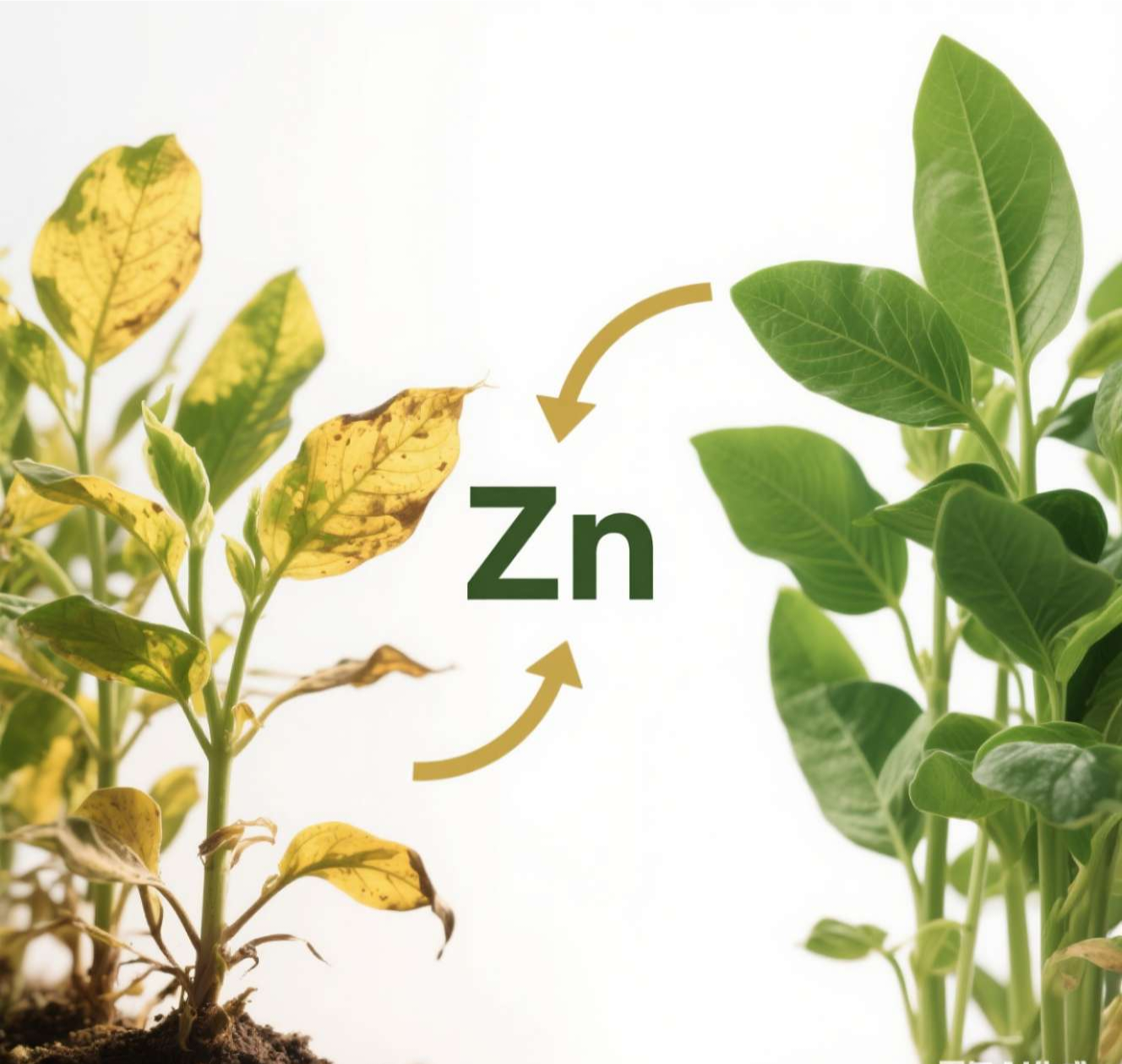Breakthrough Identification of a Novel Regulatory Mechanism
An international team of plant scientists has made a groundbreaking discovery in legume biology, identifying the Fixation Under Nitrate (FUN) protein as a zinc-responsive regulator of nitrogen fixation. Published in Nature, this research reveals for the first time that zinc acts as a signaling molecule in plants, fundamentally changing our understanding of nutrient sensing in symbiotic systems.
The collaborative study involved researchers from Aarhus University, the Polytechnic University of Madrid, and the European Synchrotron Radiation Facility (ESRF), combining expertise in plant molecular biology, structural analysis, and agricultural science. Through an extensive screening of over 150,000 mutant plants, the team isolated FUN as the critical component mediating zinc’s regulatory role.
Molecular Mechanism of Zinc-Dependent Regulation
The FUN protein operates through an elegant molecular switch mechanism:
-
Zinc-Rich Conditions: When cellular zinc concentrations are high, FUN proteins polymerize into inactive filaments, effectively shutting down their transcriptional activity.
-
Zinc-Limited Conditions: Under zinc deficiency, the filaments disassemble into active monomers that bind DNA and promote expression of genes essential for maintaining nitrogen fixation.
“This represents a completely new paradigm in plant signaling,” explained lead author Dr. Jieshun Lin of Aarhus University. “While zinc is known as an essential micronutrient, its role as a secondary messenger coordinating symbiotic nitrogen fixation was entirely unexpected.”
Agricultural Implications for Sustainable Farming
The discovery has profound implications for reducing agriculture’s dependence on synthetic nitrogen fertilizers:
-
Extended Nitrogen Fixation: Current legume-rhizobia symbiosis often shuts down when soil nitrogen levels are sufficient. The FUN pathway could be engineered to maintain fixation activity longer, increasing nitrogen inputs to agricultural systems.
-
Precision Nutrient Management: Understanding zinc’s signaling role enables more targeted fertilization strategies, optimizing both zinc application and nitrogen fixation efficiency.
-
Crop Rotation Benefits: Enhanced nitrogen fixation could significantly improve soil nitrogen content for subsequent non-legume crops in rotation systems.
With a patent application already filed, this discovery represents both a major scientific advance and a potential game-changer for sustainable agriculture. As global demand for food increases while environmental pressures mount, such biological innovations will be critical for developing next-generation, climate-smart cropping systems.









